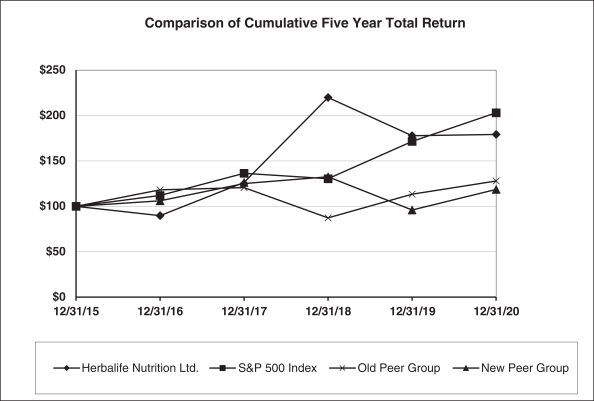The Company incurred approximately $
26.6 million of issuance costs during the first quarter of 2014 relating to the issuance of the 2019 Convertible Notes. Of the $
26.6 million issuance costs incurred, $
21.5 million and $
5.1 million were recorded as debt issuance costs and additional
paid-in
capital, respectively, in proportion to the allocation of the proceeds of the 2019 Convertible Notes. The $
21.5 million of debt issuance costs recorded on the Company’s consolidated balance sheet were amortized over the contractual term of the 2019 Convertible Notes using the effective-interest method.
In February 2014, the $
1.15 billion aggregate principal amount of the 2019 Convertible Notes were initially allocated between long-term debt, or liability component, and additional
paid-in
capital, or equity component, within the Company’s consolidated balance sheet at $
930.9 million and $
219.1 million, respectively. The liability component was measured using the nonconvertible debt interest rate. The carrying amount of the equity component representing the conversion option was determined by deducting the fair value of the liability component from the face value of the 2019 Convertible Notes as a whole. Since the Company was required to settle these 2019 Convertible Notes at face value at or prior to maturity, this liability component was accreted up to its face value resulting in additional
non-cash
interest expense being recognized within the Company’s consolidated statements of income while the 2019 Convertible Notes remained outstanding. The effective-interest rate on the 2019 Convertible Notes was approximately
6.2% per annum. The equity component was not to be remeasured as long as it continued to meet the conditions for equity classification.
In March 2018, the Company issued $
550 million aggregate principal amount of new convertible senior notes due 2024, or 2024 Convertible Notes as described below, and subsequently used the proceeds, along with cash on hand, to repurchase $
475.0 million of its existing 2019 Convertible Notes from a limited number of holders in privately negotiated transactions for an aggregate purchase price of $
583.5 million, which included $
1.0 million of accrued interest. For accounting purposes, pursuant to ASC 470, these transactions were accounted for as an extinguishment of 2019 Convertible Notes and an issuance of new 2024 Convertible Notes. The Company allocated the purchase price between the fair value of the liability component and the equity component of the 2019 Convertible Notes at $
459.4 million and $
123.0 million, respectively. As a result, the Company recognized $
446.4 million as a reduction to long-term debt representing the carrying value of the liability component and $
123.0 million as a reduction to additional
paid-in
capital representing the equity component of the repurchased 2019 Convertible Notes. The $
13.1 million difference between the fair value and carrying value of the liability component of the repurchased 2019 Convertible Notes was recognized as a loss on extinguishment of debt as a result of the transaction and was recorded in other expense (income), net within the Company’s consolidated statement of income during the year ended December 31, 2018. The accounting impact of the 2024 Convertible Notes is described in further detail below.
On August 15, 2019, the 2019 Convertible Notes matured and the Company repaid the $675.0 million outstanding principal in cash, as well as $6.7 million of accrued interest.
During the years ended December 31, 2019 and 2018, the Company recognized $
27.0 million and $
48.5 million, respectively, of interest expense relating to the 2019 Convertible Notes, which included $
17.0 million and $
29.8 million, respectively, relating to
non-cash
interest expense relating to the debt discount and $
1.7 million and $
2.9 million, respectively, relating to amortization of debt issuance costs.
In conjunction with the issuance of the 2019 Convertible Notes, during February 2014, the Company paid approximately $
685.8 million to enter into prepaid forward share repurchase transactions, or the Forward Transactions, with certain financial institutions, and paid approximately $
123.8 million to enter into capped call transactions with respect to its common shares, or the Capped Call Transactions, with certain financial institutions. Subsequently, in conjunction with the repurchase of a portion of the 2019 Convertible Notes, during March 2018, the Company entered into agreements with the option counterparties to the Capped Call Transactions to terminate a portion of such existing transactions. See Note 8,
, for additional discussion on the Forward Transactions and Capped Call Transactions entered into in conjunction with the issuance of these 2019 Convertible Notes.
